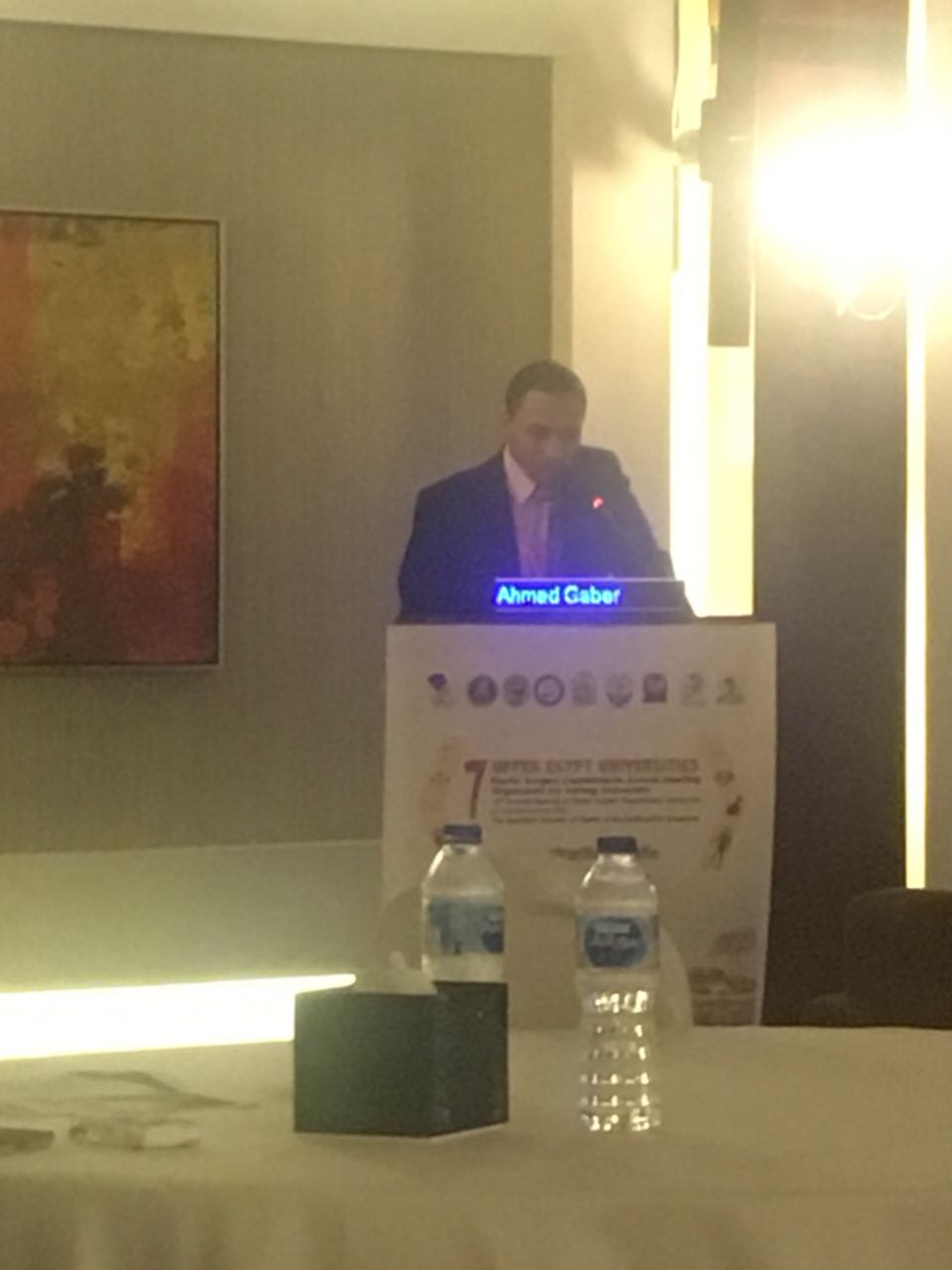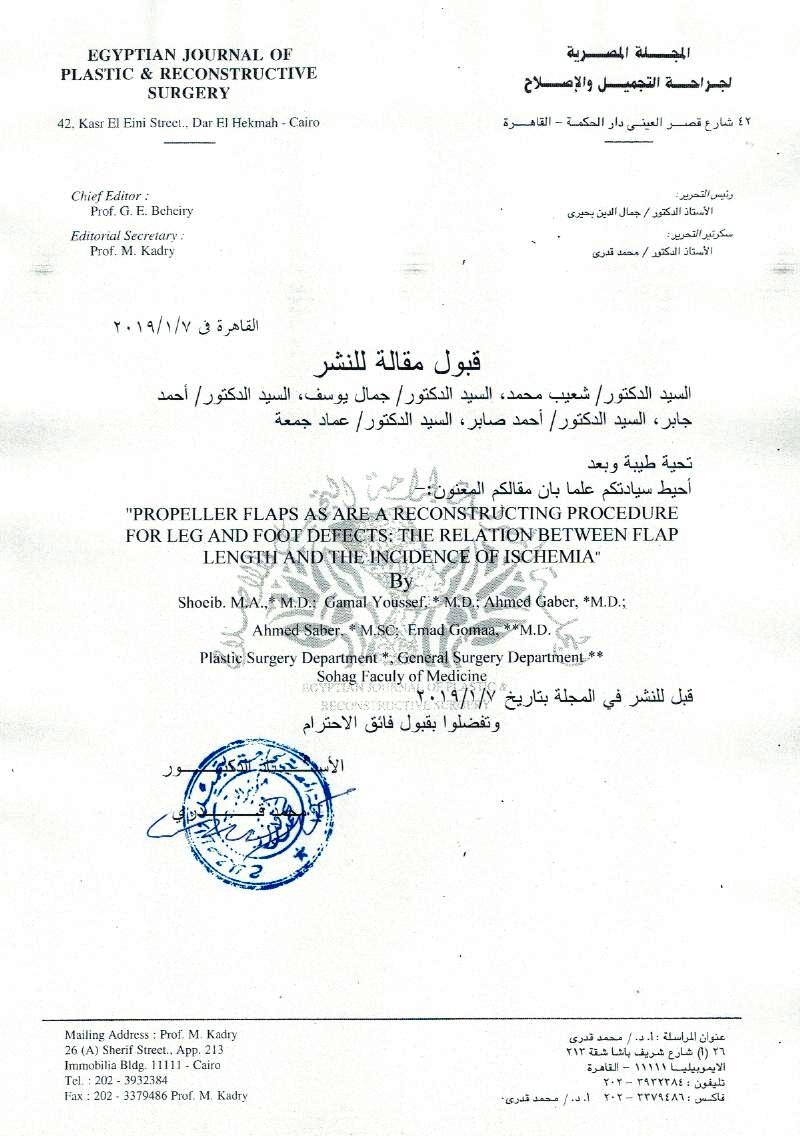Back ground:
Reconstruction of soft tissue defects in the leg and the foot remains challenging. Anatomical constraints limit the options available for reconstructing complex defects especially lower third of leg. Perforator propeller flaps are raising interest in reconstructive surgery of the limbs. We present our experience with perforator propeller flaps for reconstruction of soft tissue defects in leg and foot.
Methods:
The study was carried prospectively and 16 patients with leg or foot defects treated with various perforator propeller flaps (both elective
As well as emergency) were included in the study. A hand-held ultrasound Doppler was used preoperatively and intraoperatively
to detect the perforator vessels .
Results:
Out of the 16 cases, we witnessed total flap loss in one and distal necrosis in 3 cases. In 2 of them the flaps lengths were more than one third of the limb length. Four patients had minor complications which included congestion, infection or graft loss.
Conclusion:
Perforator flaps may represent a good alternative to the free flaps in the areas were other local reconstructive procedures are not possible. This is a versatile technique and with decreased donor site morbidity limited to a single body area. There is a specific like to like soft tissue replacement leading to a better cosmetic and reconstructive outcome. The main drawback of the perforator flaps however is the higher risk of venous congestion. The incidence of distal necrosis increases with flap length more than one third of the limb provided other factors affecting flap vitality are constant.


